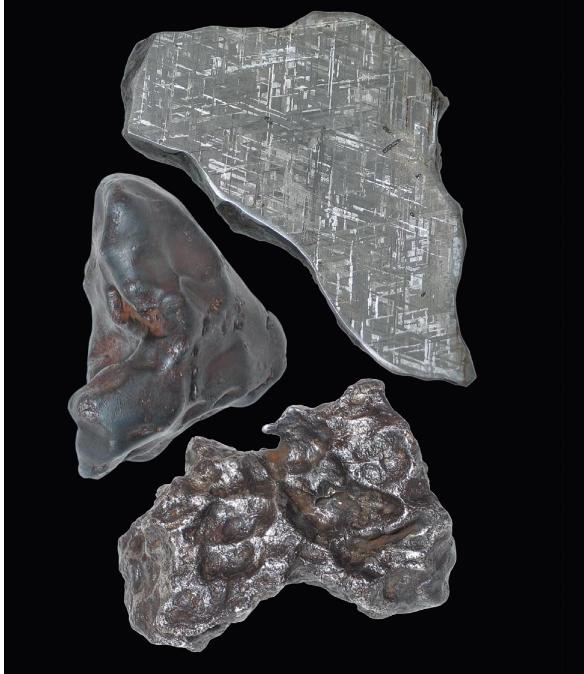12 Major Annual Meteor Showers

Meteor Shower Summary
The 12 major annual meteor showers occur 8 months out of the year. Some are better than others but all are the result of debris left over from comets that have come close to Earth. The average size of the “stone” that burns up in our atmosphere to create the meteor streak is the size of a grain of sand!
On average, about 7 meteors per hour can be seen with the eyes on any given night but the showers increase this number by 10 to 100 or more and sometimes, the showers produce longer and brighter meteors.
How & When to Observe
The very best time to observe meteor showers is in the early morning because the “forward” side of Earth is rushing into them, but anytime is fine. Sit comfortably in a chair or, better yet, lay back in a lounger so that you can see more of the sky. You DO NOT have to face any particular direction because meteors will appear to come from all parts of the sky.
